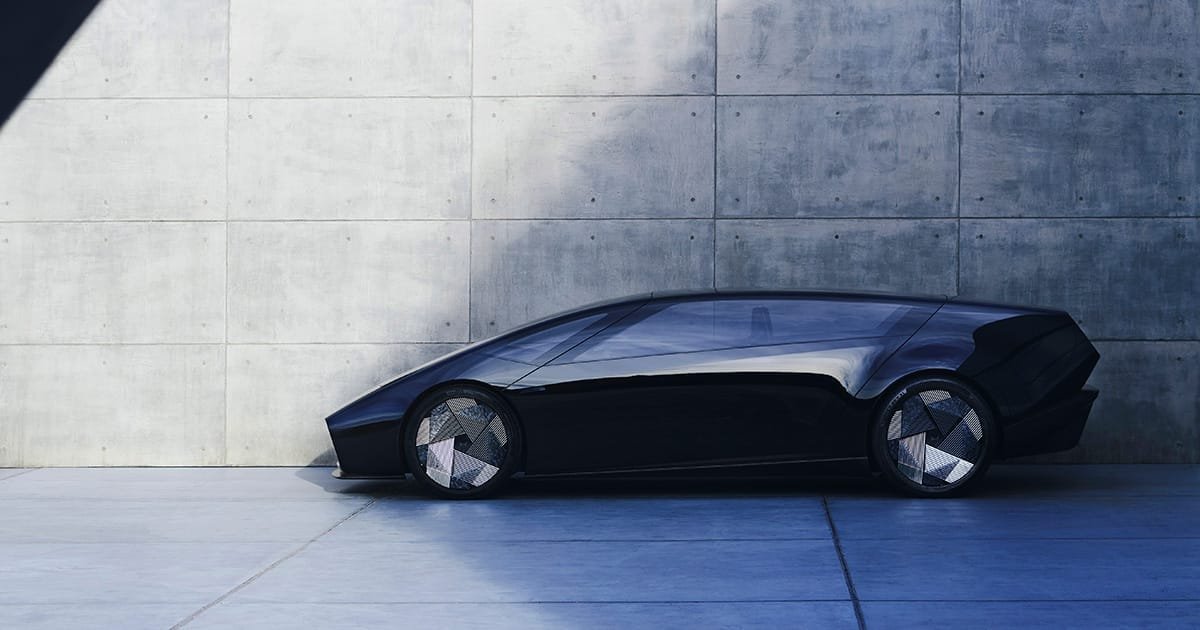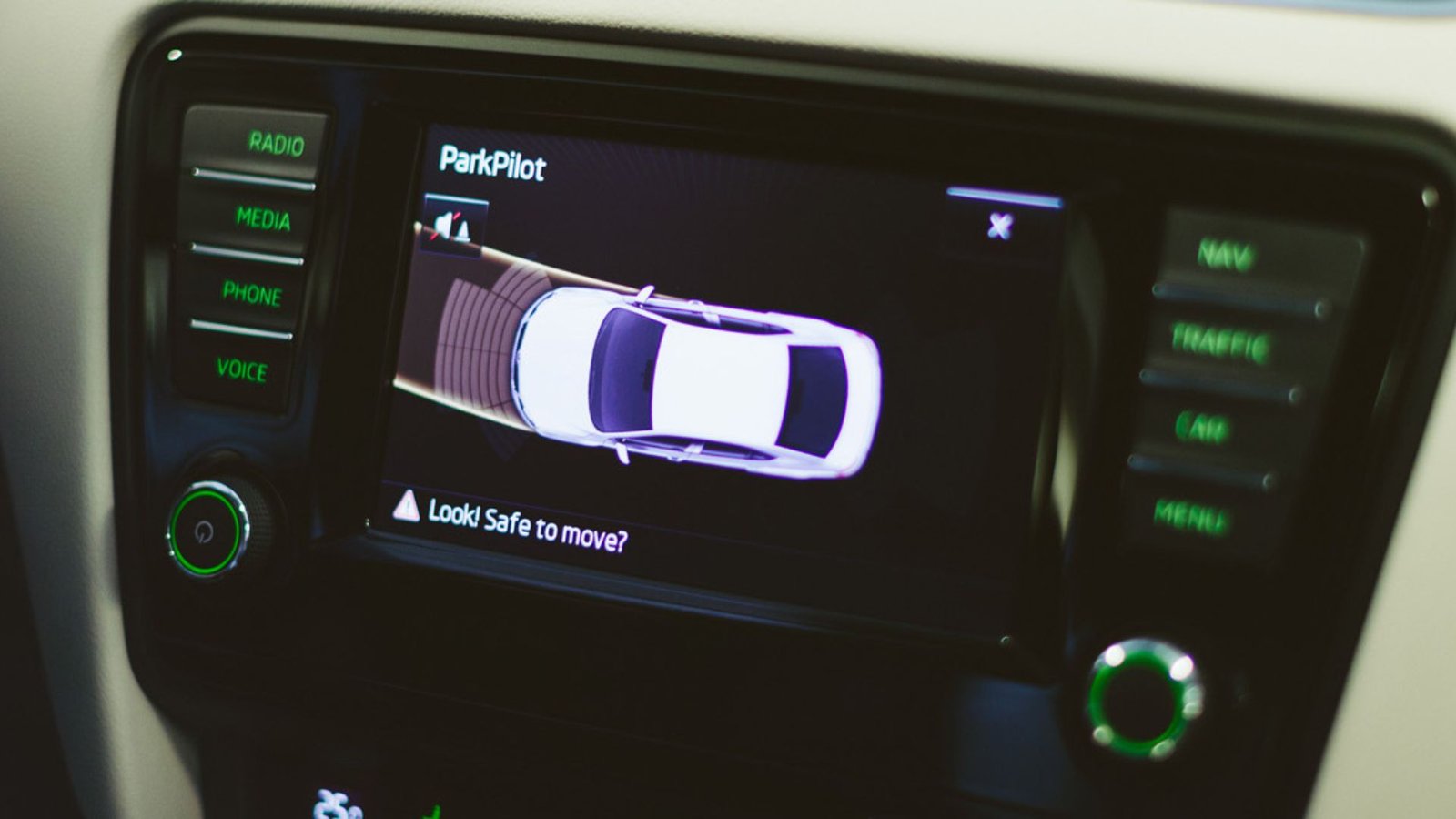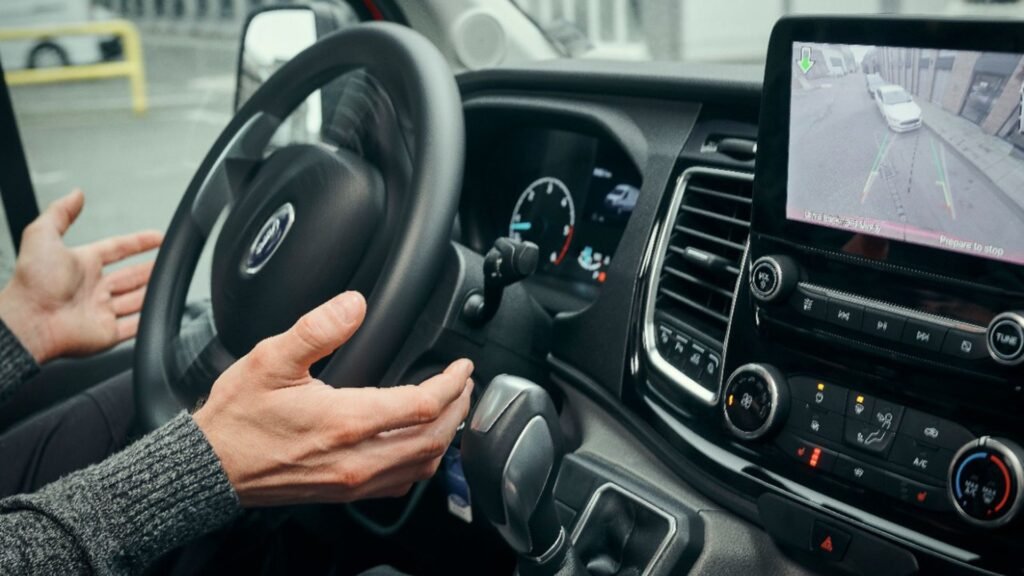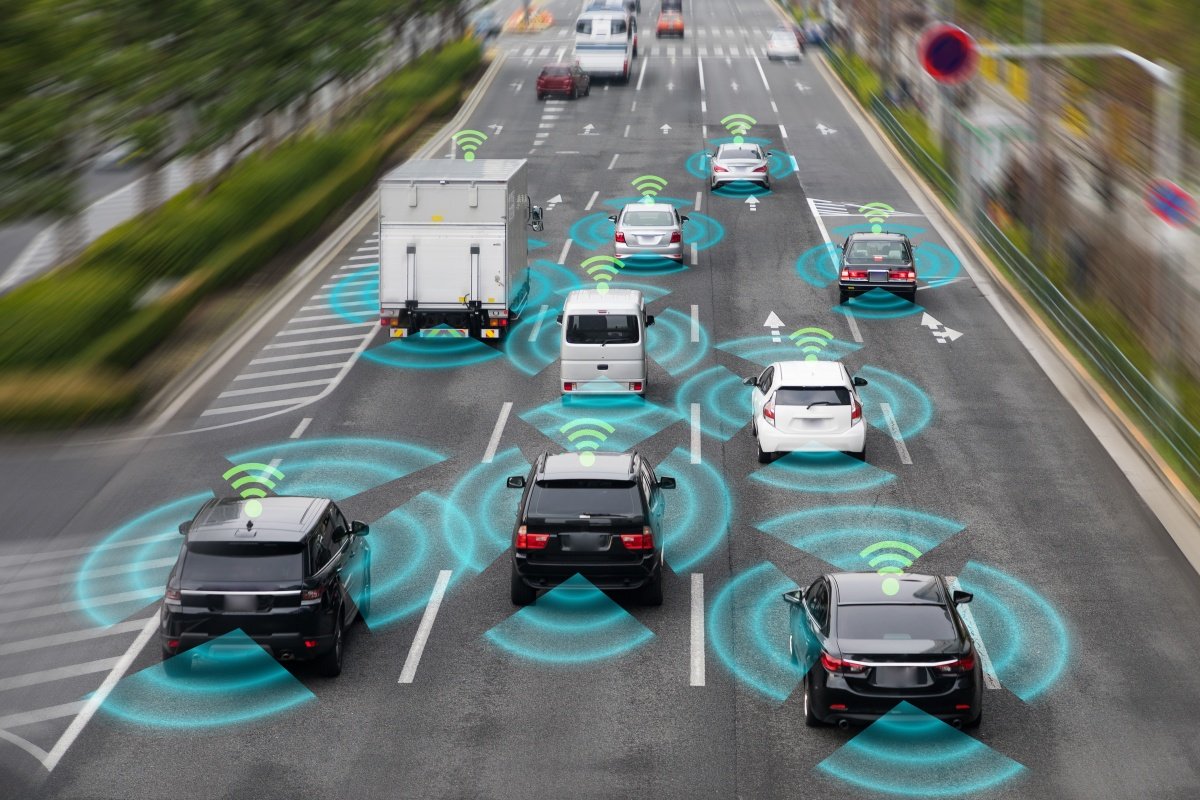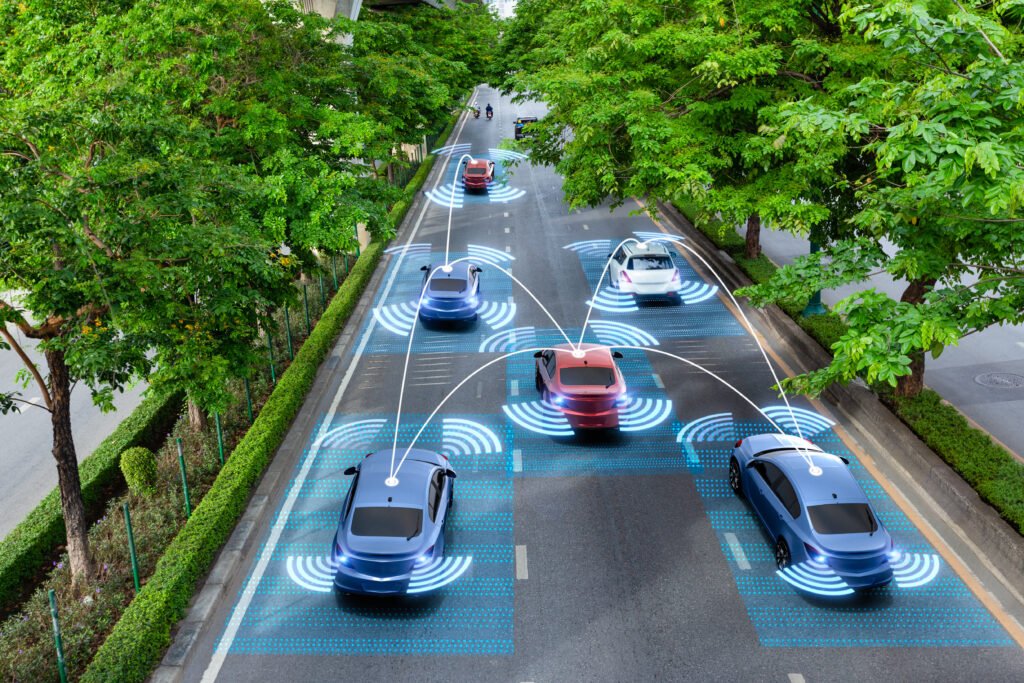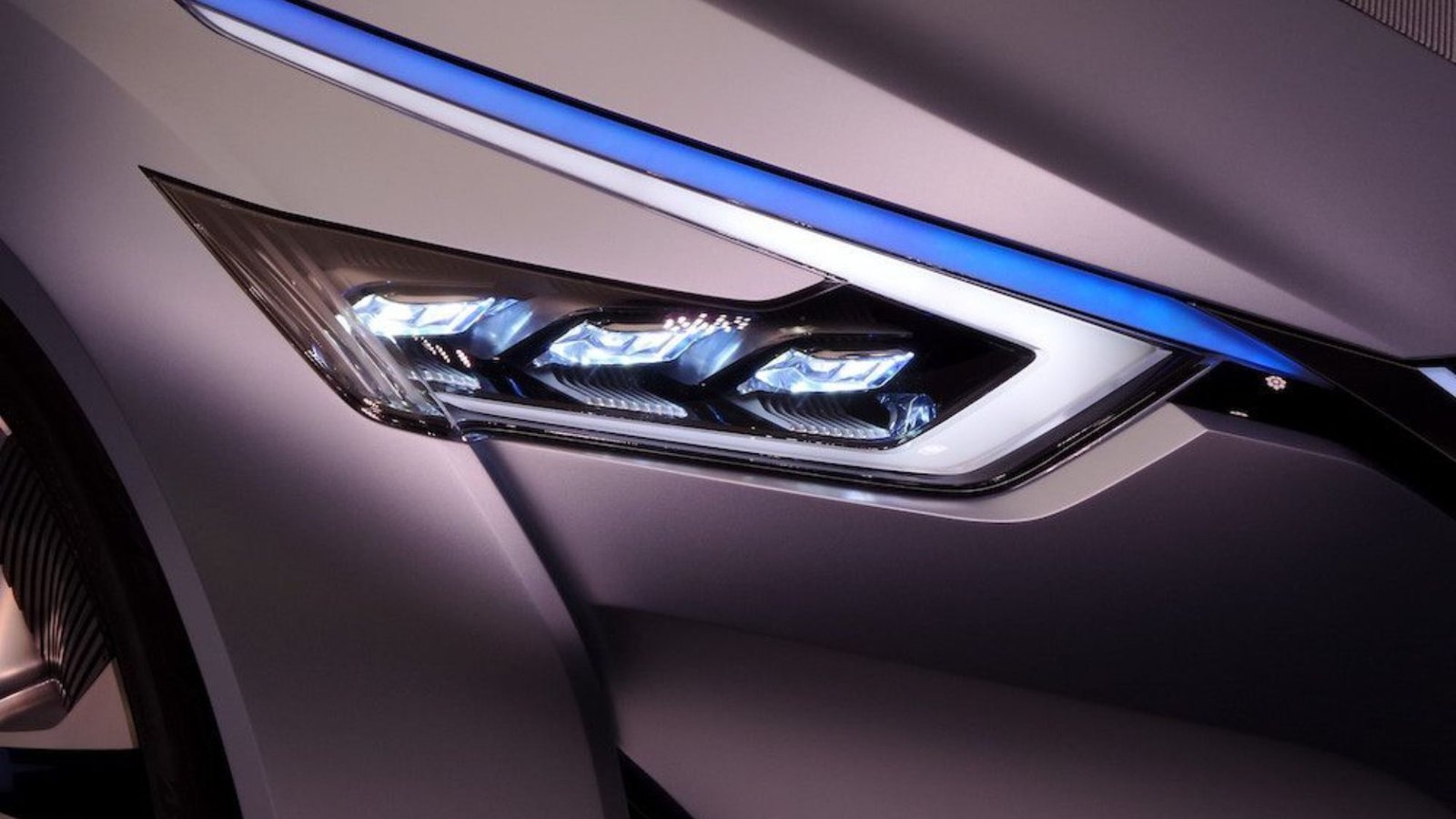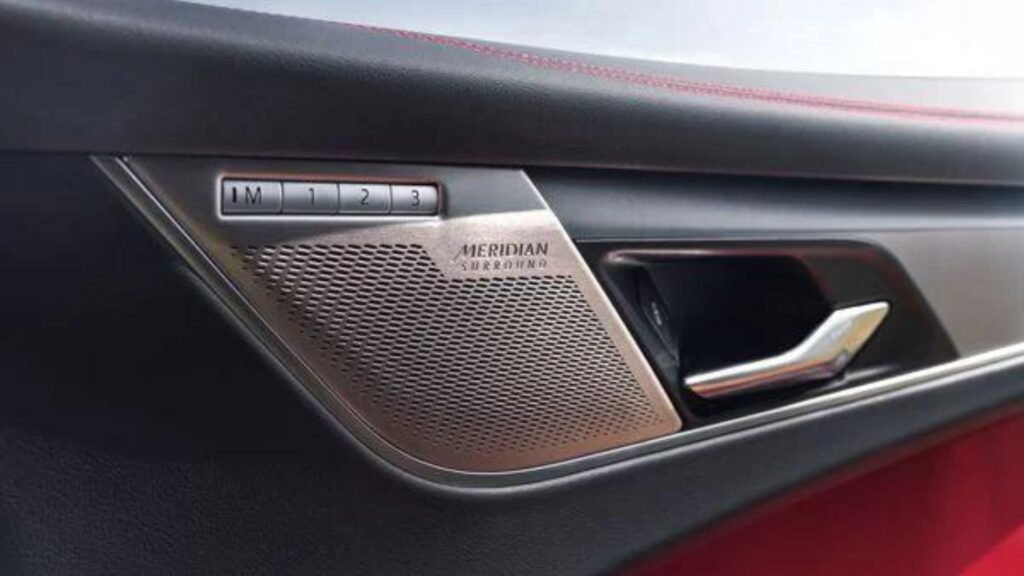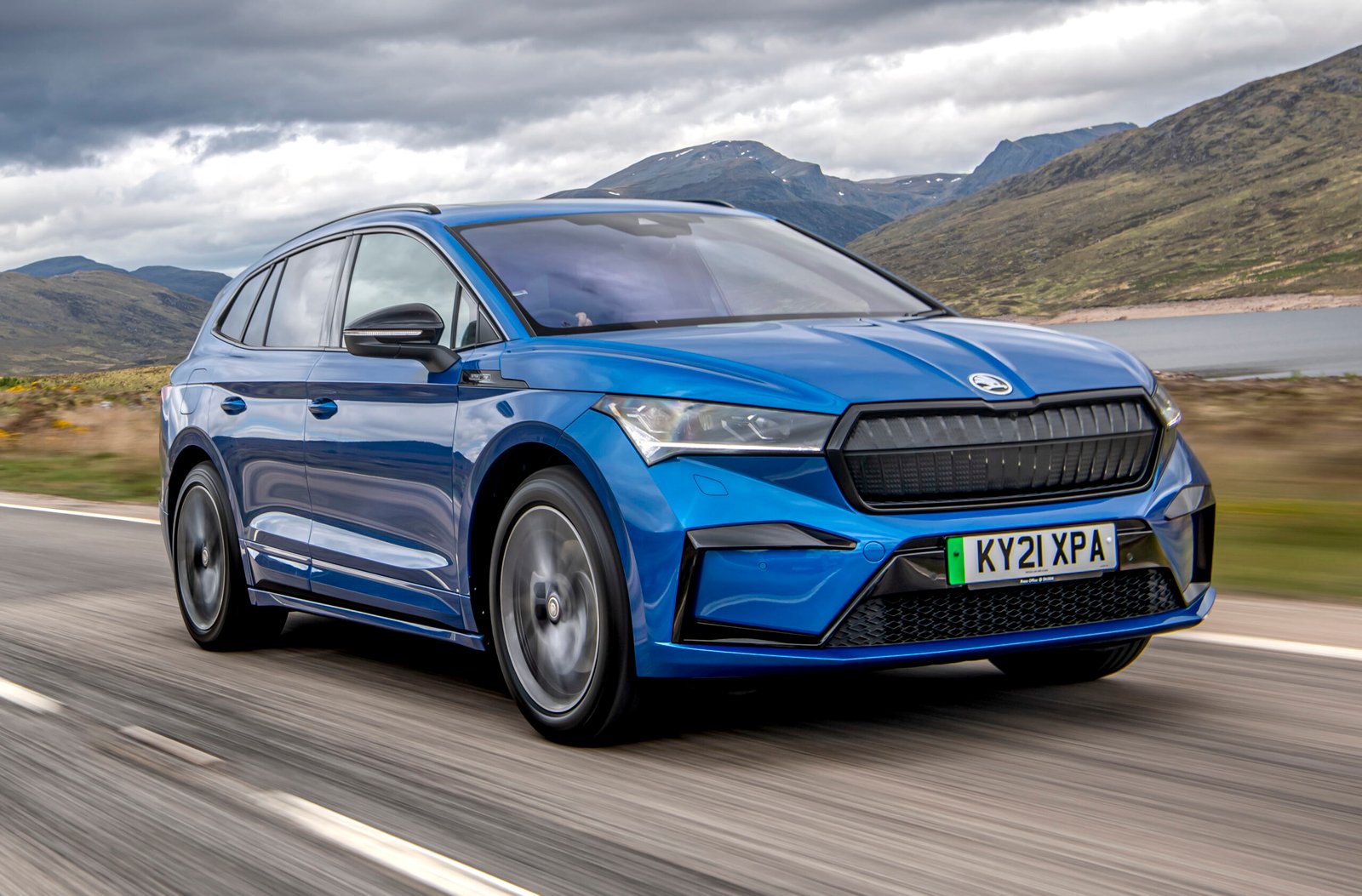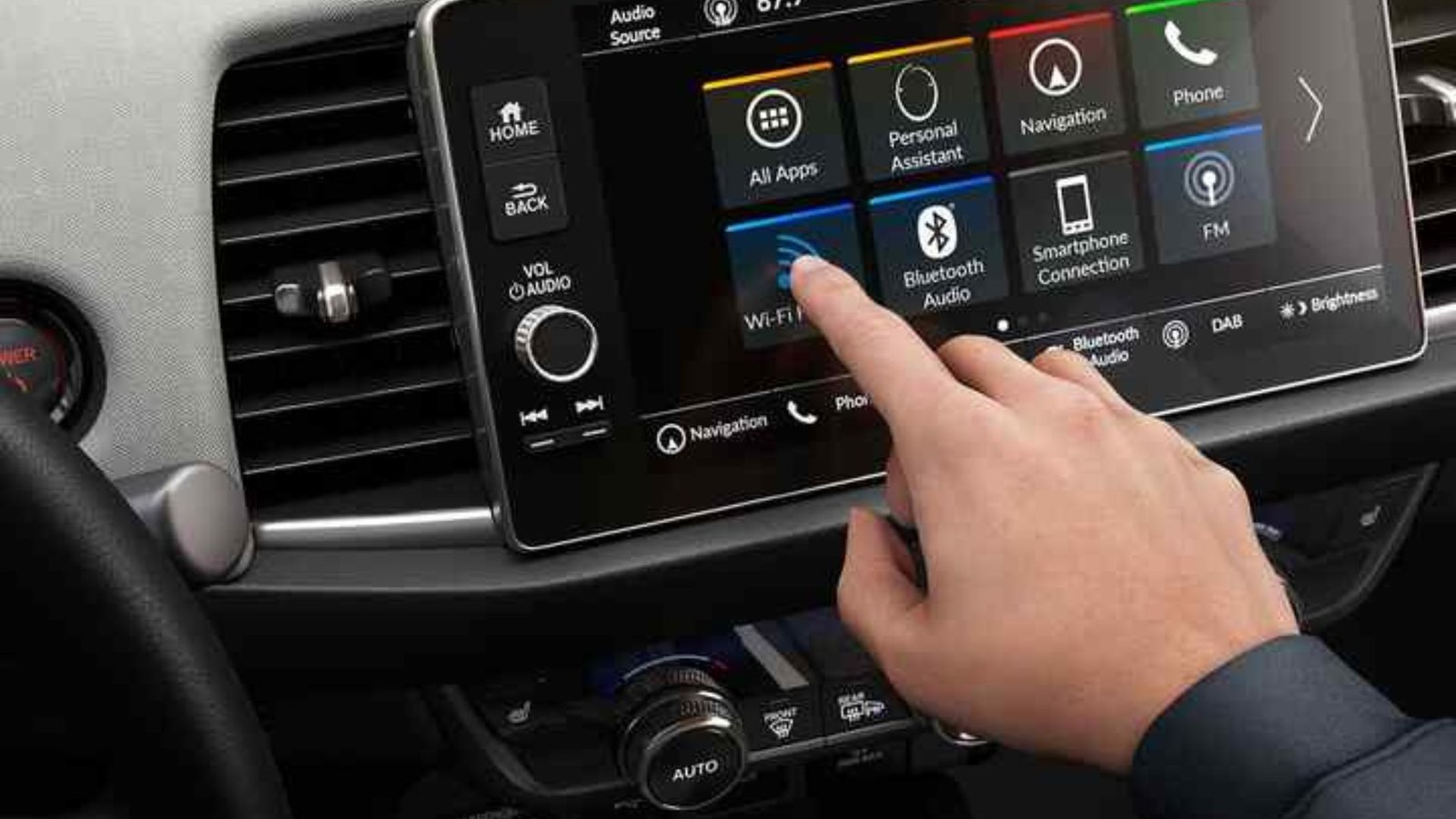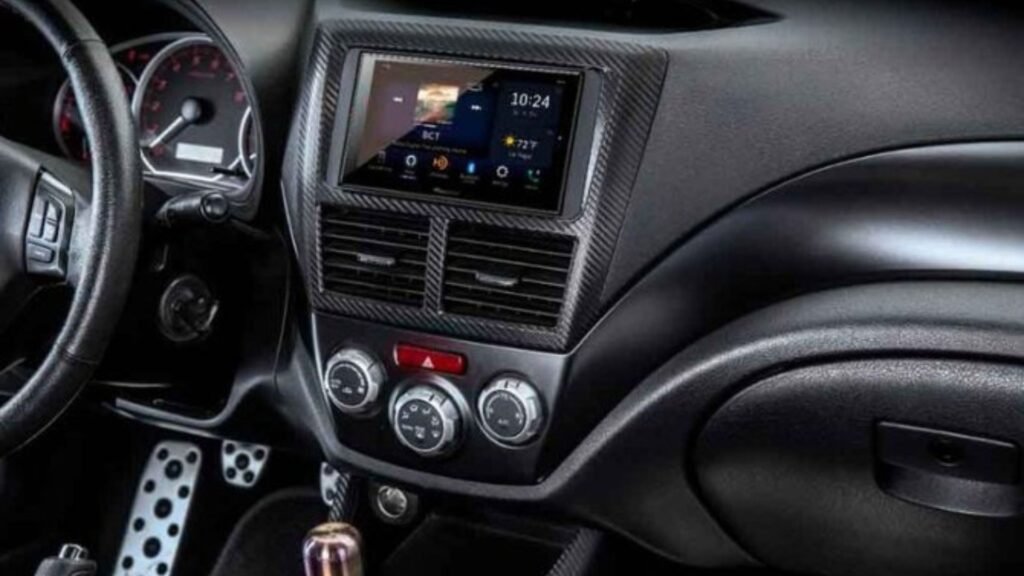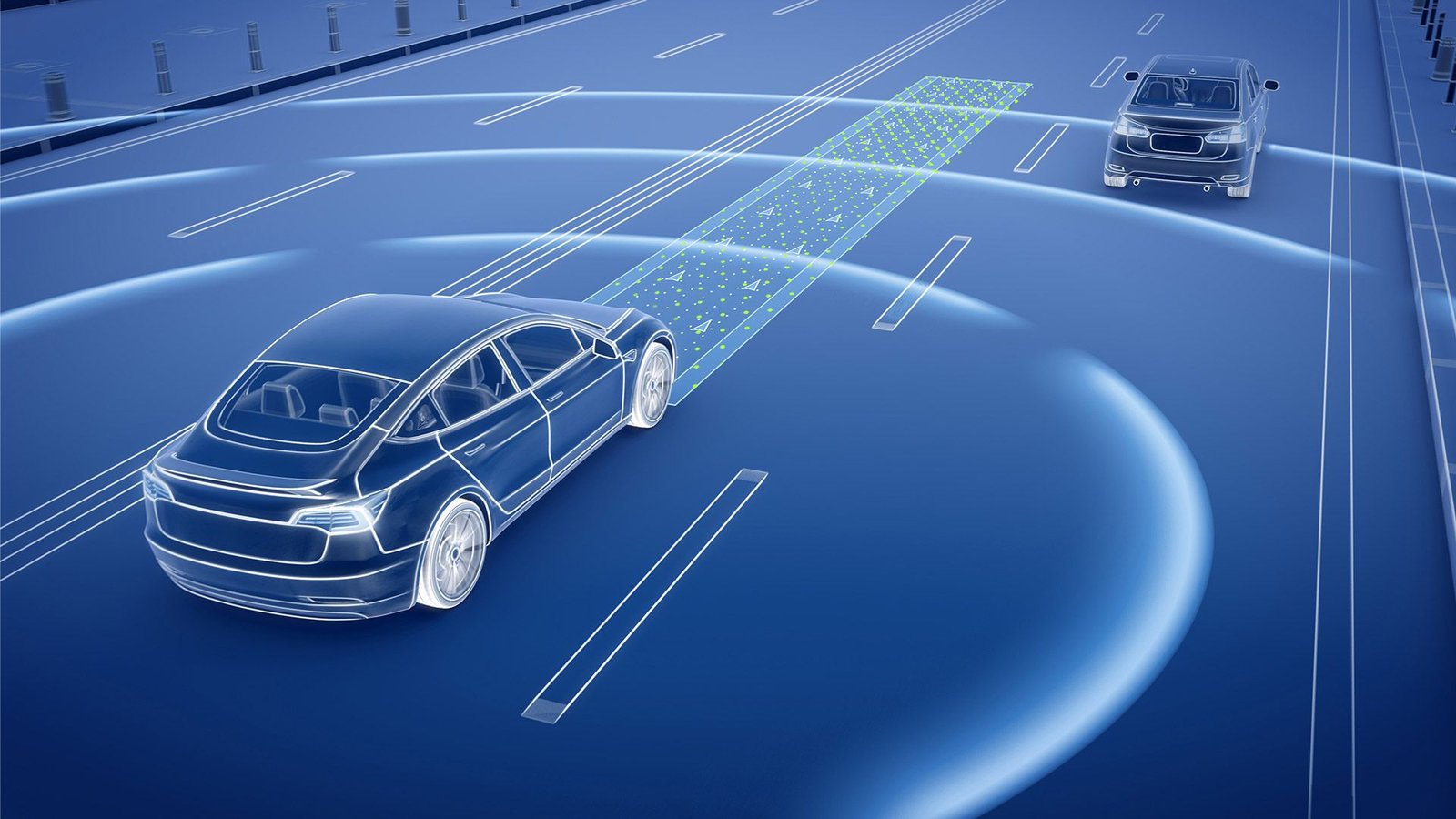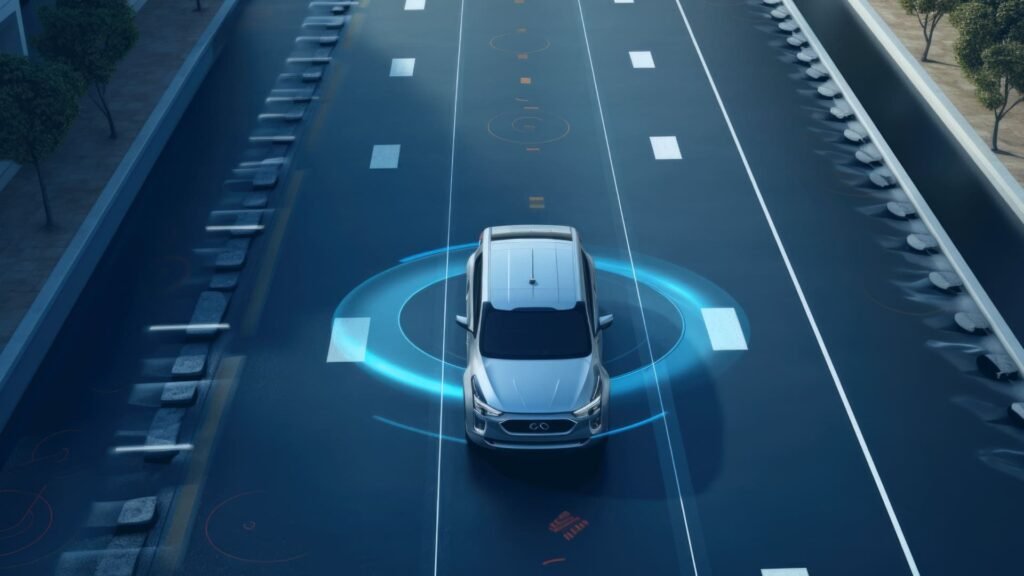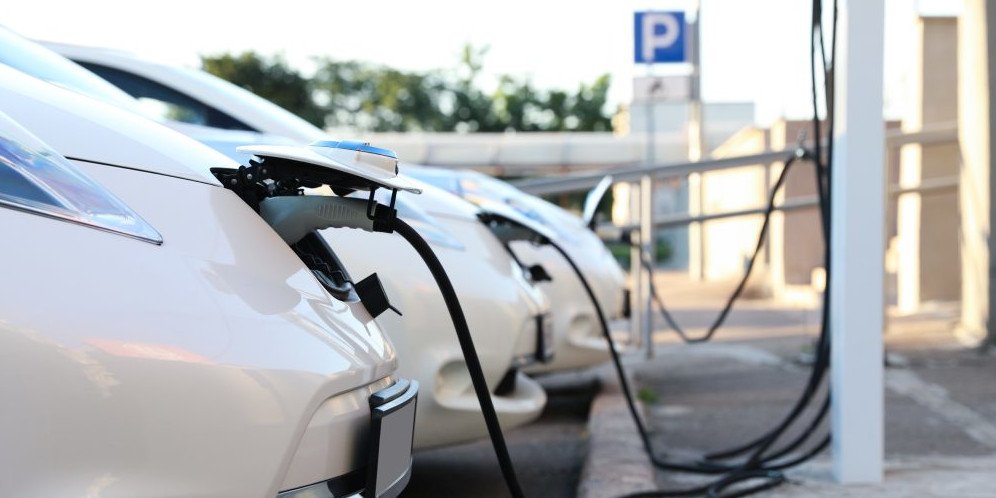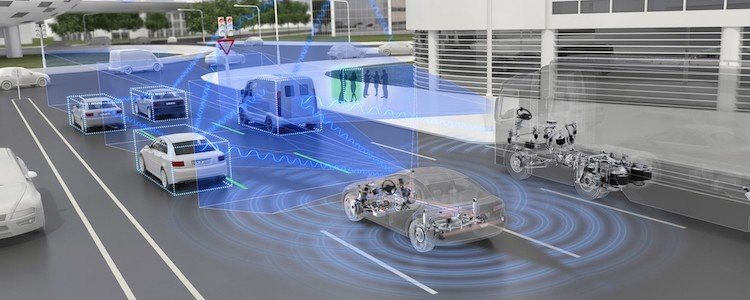Best Automotive Technology of 2024
The automotive industry is constantly evolving, with new technologies emerging every year that promise to make our driving experience safer, more efficient, and more enjoyable. The best automotive technology of 2024 is pushing the boundaries of what’s possible, with innovations that cater to both drivers and passengers. From cutting-edge electric vehicles to advanced driver assistance systems, 2024 is shaping up to be a year full of exciting advancements in automotive tech. In this article, we’ll explore some of the standout technologies making waves this year and what they mean for the future of driving.
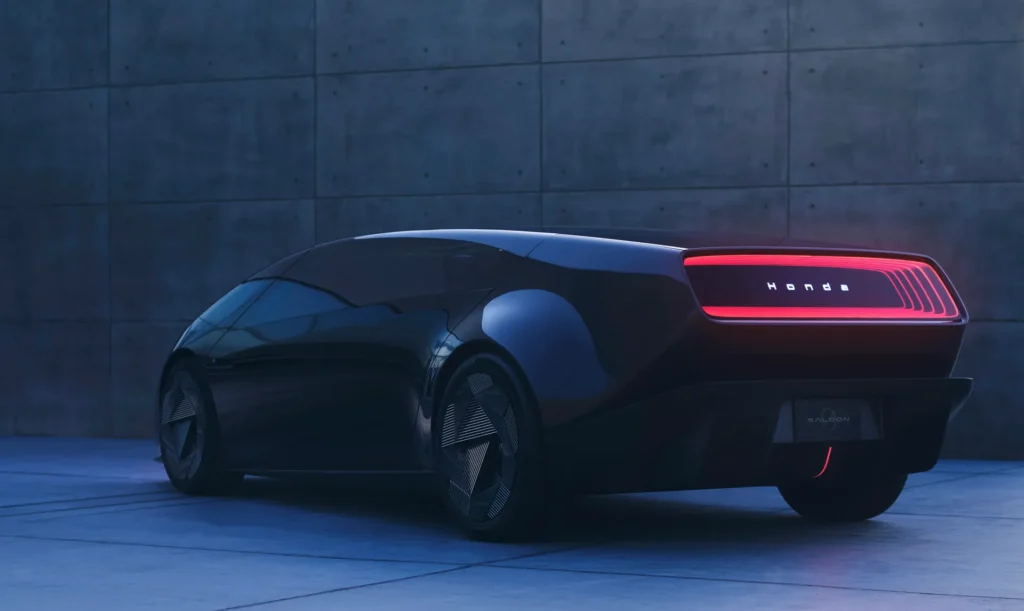
Electric Vehicles: More Range and Faster Charging
Electric vehicles (EVs) have been gaining popularity over the last few years, and in 2024, they are becoming even more mainstream. One of the best automotive technologies of 2024 is the significant improvement in EV range and charging times. Several new models have been released with batteries that can last longer on a single charge, making long-distance travel more feasible for EV owners. Additionally, advancements in charging technology mean that drivers can now recharge their vehicles in a fraction of the time it used to take. This not only makes EVs more convenient but also helps reduce the range anxiety that many potential buyers feel.
Advanced Driver Assistance Systems (ADAS)
Another area where the best automotive technology of 2024 is making a big impact is in driver assistance systems. Advanced Driver Assistance Systems (ADAS) are becoming more sophisticated, with features that go beyond simple lane-keeping and automatic braking. In 2024, many vehicles are equipped with systems that can assist with highway driving, including automated lane changes and adaptive cruise control that adjusts speed based on traffic conditions. These technologies are designed to reduce the stress of long drives and increase safety by minimizing the risk of human error.
Autonomous Driving: A Step Closer
While fully autonomous vehicles are still a few years away, the best automotive technology of 2024 is bringing us one step closer to this reality. Several automakers have introduced semi-autonomous driving features that allow cars to handle more of the driving tasks on their own. For example, some new models can navigate traffic jams autonomously, freeing up the driver to relax in heavy traffic conditions. Though these features are still in their early stages, they represent a significant leap forward in the journey towards fully self-driving cars.
Enhanced Connectivity: Staying Connected on the Go
In 2024, staying connected while on the move is easier than ever, thanks to the best automotive technology advancements in in-car connectivity. Modern vehicles come equipped with sophisticated infotainment systems that integrate seamlessly with smartphones and other devices. Features like Apple CarPlay and Android Auto are now standard in many cars, allowing drivers to access their favorite apps, music, and navigation tools without taking their hands off the wheel. Moreover, some vehicles now offer in-car Wi-Fi and over-the-air updates, ensuring that your car’s software is always up to date with the latest features and security enhancements.
Augmented Reality Heads-Up Displays
One of the more futuristic developments in the best automotive technology of 2024 is the advent of augmented reality (AR) heads-up displays (HUDs). These advanced displays project important information, such as speed, navigation directions, and traffic alerts, directly onto the windshield. This allows drivers to keep their eyes on the road while still having access to vital information. Some systems even highlight potential hazards, such as pedestrians or obstacles, providing an extra layer of safety and awareness.
Green Technologies: Eco-Friendly Innovations
With the growing focus on sustainability, the best automotive technology of 2024 also includes several green innovations aimed at reducing the environmental impact of vehicles. This year, we’re seeing an increase in the use of sustainable materials in car manufacturing, such as recycled plastics and natural fibers. Additionally, new hybrid technologies are being developed to improve fuel efficiency and reduce emissions, even for traditional internal combustion engine vehicles.
Conclusion: The Future of Driving is Here
As we’ve explored, the best automotive technology of 2024 is revolutionizing the way we drive and interact with our vehicles. From enhanced EV capabilities to semi-autonomous driving and beyond, these technologies are not only making driving more enjoyable but also safer and more sustainable. As these advancements continue to evolve, we can look forward to a future where our vehicles are smarter, more connected, and better for the planet. So, whether you’re a tech enthusiast or just looking for a safer and more efficient way to get around, 2024 is shaping up to be an exciting year in the world of automotive technology.

